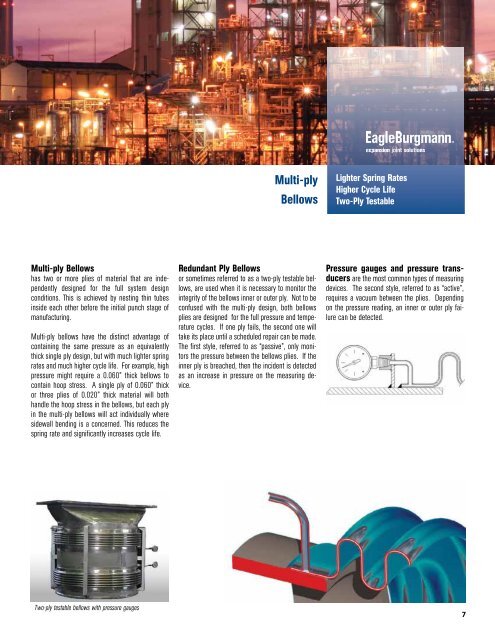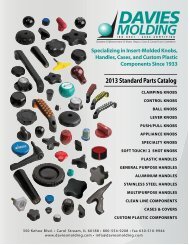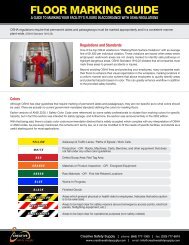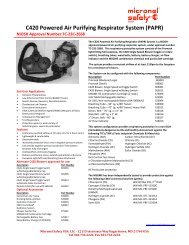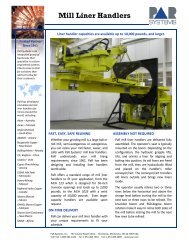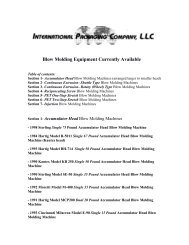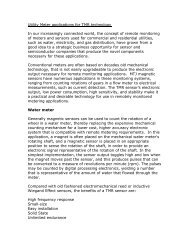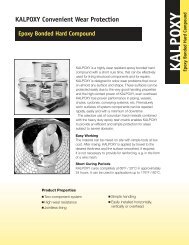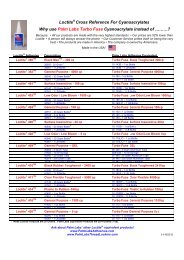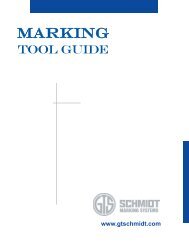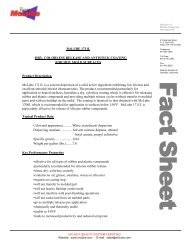Metal Expansion Joints - ThomasNet
Metal Expansion Joints - ThomasNet
Metal Expansion Joints - ThomasNet
You also want an ePaper? Increase the reach of your titles
YUMPU automatically turns print PDFs into web optimized ePapers that Google loves.
Multi-ply Bellows<br />
has two or more plies of material that are independently<br />
designed for the full system design<br />
conditions. This is achieved by nesting thin tubes<br />
inside each other before the initial punch stage of<br />
manufacturing.<br />
Multi-ply bellows have the distinct advantage of<br />
containing the same pressure as an equivalently<br />
thick single ply design, but with much lighter spring<br />
rates and much higher cycle life. For example, high<br />
pressure might require a 0.060” thick bellows to<br />
contain hoop stress. A single ply of 0.060” thick<br />
or three plies of 0.020” thick material will both<br />
handle the hoop stress in the bellows, but each ply<br />
in the multi-ply bellows will act individually where<br />
sidewall bending is a concerned. This reduces the<br />
spring rate and significantly increases cycle life.<br />
Two-ply testable bellows with pressure gauges<br />
Multi-ply<br />
Bellows<br />
Redundant Ply Bellows<br />
or sometimes referred to as a two-ply testable bellows,<br />
are used when it is necessary to monitor the<br />
integrity of the bellows inner or outer ply. Not to be<br />
confused with the multi-ply design, both bellows<br />
plies are designed for the full pressure and temperature<br />
cycles. If one ply fails, the second one will<br />
take its place until a scheduled repair can be made.<br />
The first style, referred to as “passive”, only monitors<br />
the pressure between the bellows plies. If the<br />
inner ply is breached, then the incident is detected<br />
as an increase in pressure on the measuring device.<br />
Lighter Spring Rates<br />
Higher Cycle Life<br />
Two-Ply Testable<br />
Pressure gauges and pressure transducers<br />
are the most common types of measuring<br />
devices. The second style, referred to as “active”,<br />
requires a vacuum between the plies. Depending<br />
on the pressure reading, an inner or outer ply failure<br />
can be detected.<br />
7


